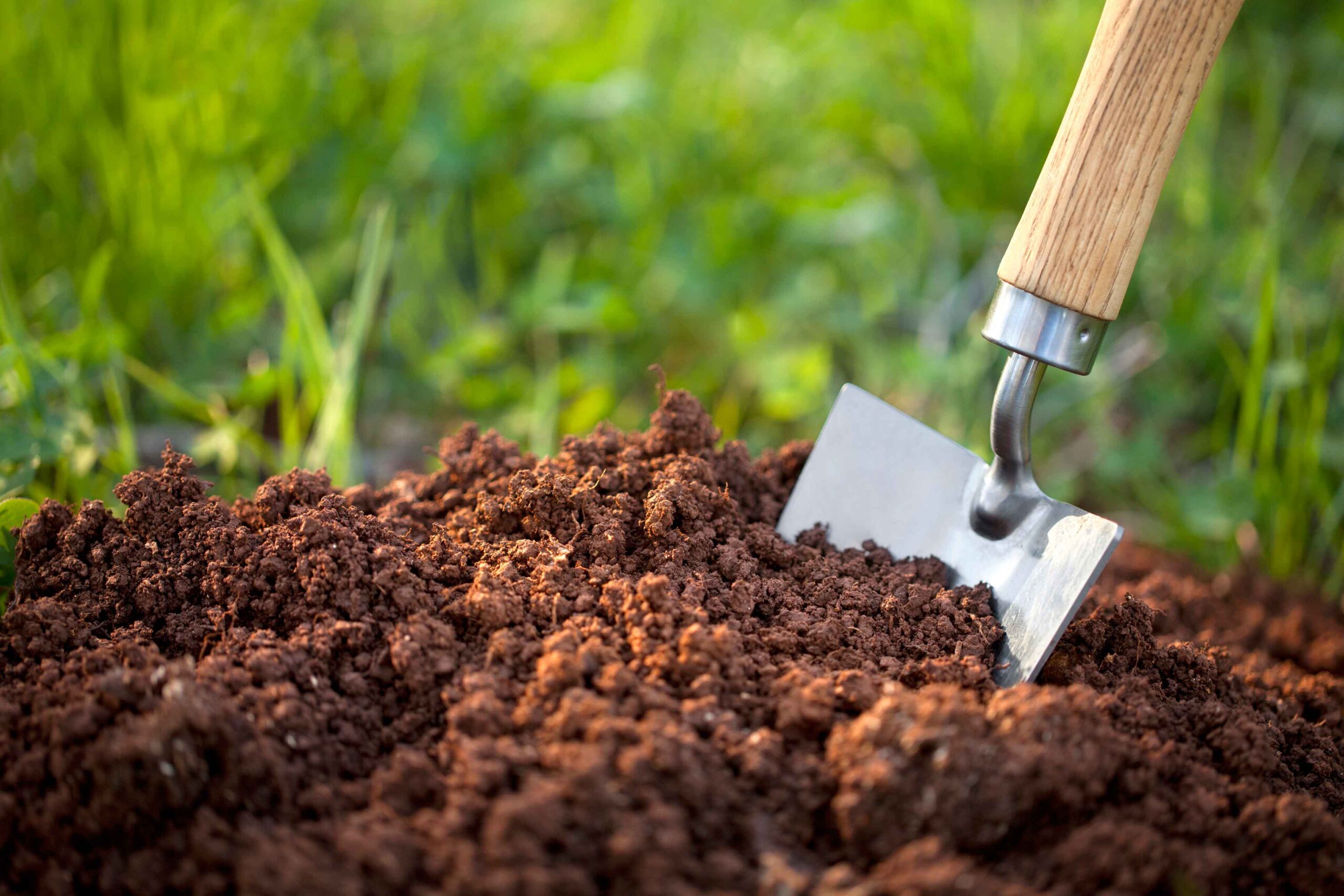Ten tips for a healthy garden
2021-02-28T03:07:37+11:00
These tips will help you create a thriving organic garden – one that will provide veg and fruit, and help the planet.
Sometimes it’s valuable to reflect on the fundamentals of organic gardening. Everything we do in our edible organic gardens works towards minimising our impact on the environment and growing nutrient-dense fruit and vegetables to feed our families. But you can only achieve the latter if the nutrients are in the soil in the first place, and if your plants are healthy. And don’t forget to add some beauty to lift the spirits. Here are my 10 tips for achieving healthy gardens and plants.
1. Diversity
Diversity is the key to a healthy environment and a healthy environment is the key to healthy plants and food. On a narrow scale, if you grow many different types of food plants at different times, you won’t lose everything if there’s a sudden downpour or prolonged hot dry period. Some won’t survive but others will thrive. On a broader scale, if your garden is full of flowers and native plants, interspersed with, or surrounding edibles, then you will have a much bigger diversity of birds, insects, spiders, frogs, lizards and soil fauna and flora. In a diverse garden there is a greater chance that plants, pests and predators will live in harmony, thus giving you healthier plants. Your diet and health will also be enhanced.
2. Soil
Healthy plants need healthy soil. For a healthy soil, you need an active soil food web with a good balance of fungi, bacteria, protozoa and worms as well as other biota. Keep the soil high in organic matter to feed these critters by regularly adding horse, cow or sheep manure as well as compost and worm castings, and smaller amounts of other amendments such as seaweed, rock minerals and biochar. Mulch the soil surface to keep the soil cool in summer.
3. Climate
We all like to experiment with plants that don’t normally grow in our climate or soil. However, struggling plants are more likely to be attacked by pests. Often you can achieve
a different climate by growing in pots and moving the pots around to the best position. Or find microclimates in your garden that would better suit plants you want to grow. Generally though, healthy plants need to be grown in the right climate and in soils with the correct pH. Buy simple, cheap kits to test pH. Most plants prefer a pH between 6.0 and 7.5.
4. Recycle
Recycle all green matter back into your garden. Cut and drop weeds so that the nutrients they have mined go back into the soil, rather than into green waste. Mulch branches and other prunings and put them back onto the garden, or into compost.
5. Make compost
Compost not only adds nutrients to the soil, but also fungi, bacteria, protozoa and other microorganisms. These are all essential to the breakdown and production of nutrients for plants. If you haven’t got room for compost, then set up a worm farm. These are all essential to the breakdown and production of nutrients for plants. If you haven’t got room for compost, then set up a worm farm.
6. Seaweed
Regularly spray dilute seaweed extract to help toughen leaves, which can reduce fungal disease as well as helping to reduce sunburn and lessen the affects of frost.
7. Fungal control
Instead of using fungal sprays, control fungal diseases by not planting vegies too close together; judiciously prune fruit trees to allow reasonable air movement, and prune the lowest branches so they aren’t near the ground. This, and mulching, prevents fungal spores from splashing from the soil and onto plants. Also, always water at the base of plants rather than on the leaves, and practice crop rotation to reduce disease build-up in soil, both for vegies and annual flowers. If you need to use a fungal spray, then start with a potassium-carbonate one, this changes the pH of the surface of the leaf, and will not harm the fungi in the soil.
8. Pests and predators
Don’t use broad-spectrum sprays, even organic ones, except as a last resort. They kill the predatory insects as well as the pests. Where possible use sprays that target the pest only. Get to know the insects in your garden so that you can, for example, check that early aphids don’t already have ladybird larvae feeding on them. If you need to get rid of them then just squash them, avoiding ladybird larvae when you do.
9. Wild places
Create some wild places in your garden for spiders, native bees and other beneficial insects, and plant more native plants in blocks or around the edges. Recent research showed that while tidy gardens full of flowers are great for honeybees, they are not so good for native bees. Many of these need sheltered, undisturbed places with patches of unmulched soil into which they can build their burrowing nests.*
10. A change of attitude
Things that we see as pests may not be. For example, you don’t need to remove lichens from tree branches and trunks, and other surfaces. They do no harm and are in fact integral members of the garden; some even protect their host trees from insect attack and in dry regions help to hold the soil together. Lichens are a commune, made up of a fungus, bacteria and often cyanobacteria. Celebrate them: they indicate how healthy your garden and air is.
*Threlfall, Caragh G. et al, ‘The conservation value of urban green space habitats for Australian native bee communities’, Biological Conservation, 187 (2015) 240–248






